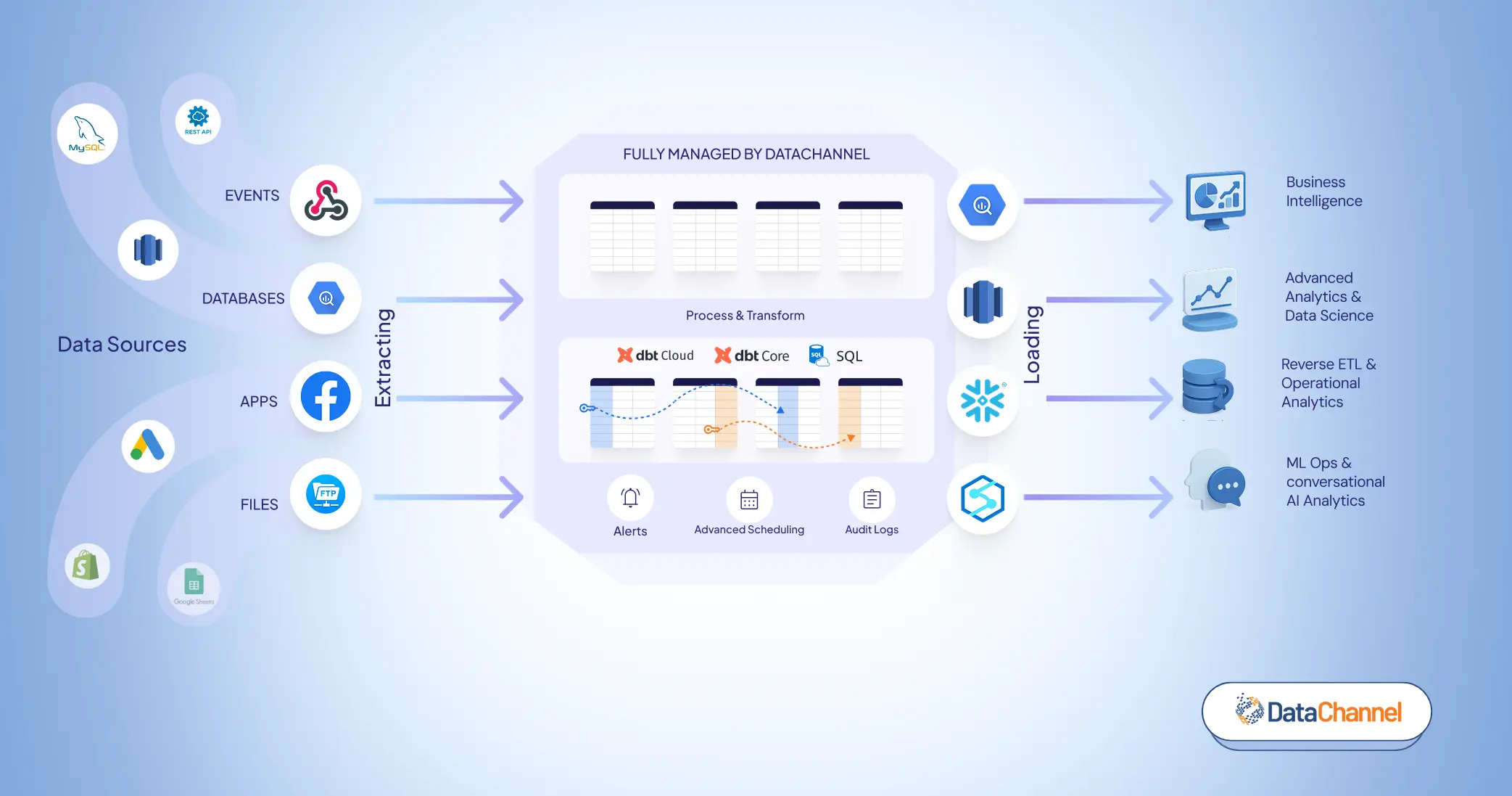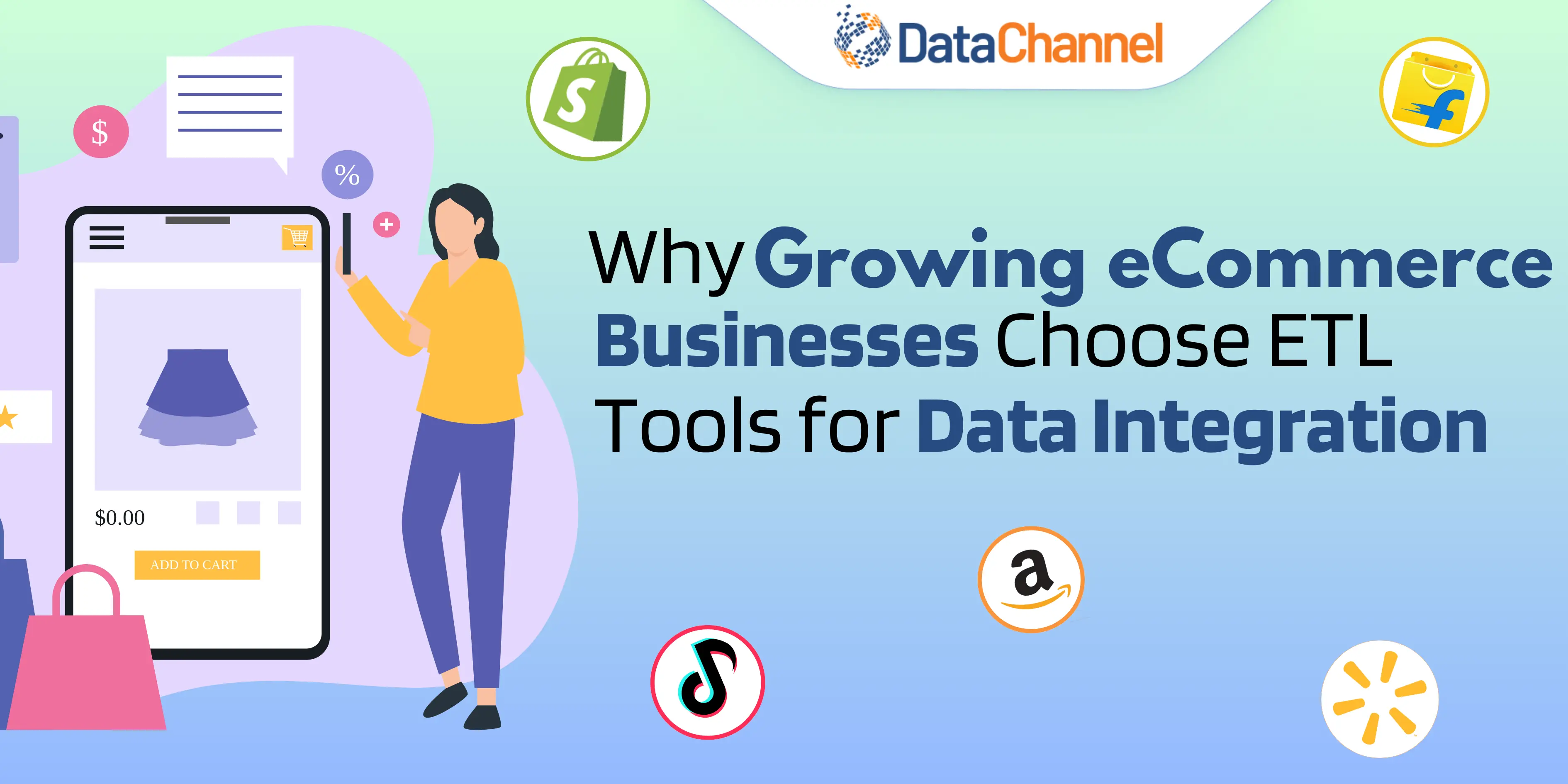Google is changing the way ad tracking works. What does it mean for a marketer?
For years, brands have been using third-party cookies to track visitors, collect their touchpoint data, and use them to understand a consumer’s interaction with their brand overall. This information helps them enhance the existing user experience (digital and otherwise) and lure in new customers as well. But, the rising consumer needs and expectations for privacy protection have catalyzed a shift away from the use of third-party cookies.
A majority of internet users feel violated when they understand how they are being tracked by advertisers all over the world, with their personal data being tracked, collected, and used without proper consent. For most users, benefits associated with this tracking like personalized ad experience outweigh the need to safeguards their identity on the web.
Taking cognizance of such concerns, Google recently announced its intent to bid goodbye to third-party cookies for its chrome browser by the start of 2022. In this new “privacy update” announcement the company also clarified that it would not be replacing cookies with any other personal tracking technology in the future.
While the “phase-out of third-party cookies” might seem appalling, it certainly wasn’t unexpected. Google first announced the phase-out initially in February 2020, but the decision to implement it was at a standstill. As the company launched its “Privacy Sandbox” initiative, implementing the “privacy update” got a green flag and the individual’s data will now be hidden safely into “a large group” to keep them anonymous on the browser.
Chrome isn’t the first browser to mark an end to the use of third-party cookies. Browsers like Safari and Firefox had already blocked them, weakening its position of being one of the robust advertising tools.

Learn more about Reverse ETL here
Why ‘Third-Party Cookies’ concerns marketers?
Third-party cookies are used by marketers to track users across the web. They follow visitors everywhere on the internet and report the data back to the brand. The data is then used to target relevant content and ads to users who are most likely to become profitable customers. However, as Google plans to bid farewell to these cookies, marketers will have to search for alternatives to reach their audience and serve them with content to achieve the optimum level of customer satisfaction.
Will the update change the way brands do business online?
Google Chrome captures 64.19% of the web browser market. That sums up to more than half of all global web traffic. As the browser will no longer entertain third-party cookies, it will undoubtedly impact areas such as marketing and advertising. It will restrict their ability to deliver personalized experiences to their customers by depriving them of individual customers’ data. The update will compel marketers to leave their decades-old addiction to third-party cookies and focus on creating powerful data strategies within their organizations.
Preparing for the big change?
If you are a marketer who only works on third-party data or individual data to create targeting strategies, you might feel the “phase-out” a bit challenging. But it’s better not to wait for the death of cookies and actively find solutions. To prepare marketers for a world without third-party cookies, here are four things that might help.
Support from first-party cookies
First-party cookies are codes that are generated and stored on a website when a user visits it. The purpose of the cookies is to enhance the user experience by remembering passwords, visitor’s basic information, and other preferences. These cookies help marketers to learn about their users while they are navigating their site. This will help them with the basic analytics to create marketing campaigns with a higher chance of bringing in convertible leads.
Although, first-party cookies won’t allow you to capture data related to your visitor’s behavior on other sites. With first-party cookies, marketers can learn the basics about their website visitors (prospects) and use that to deliver a smooth user experience.
Advanced AI platforms
Marketers can use advanced AI platforms to keep an eye on their consumers, understand their behavior, and intervene in real-time with persuasive offers. By understanding individual preferences through users’ historical data on the site, marketers can personalize content and perform precise targeting.

Google Alternatives
Google is testing out Federated Learning of Cohorts (FLoC), a significant part of its Privacy Sandbox project for Chrome. The technology is an alternative to third-party cookies and will help marketers to target the right audience at the right time. The new technology by Google will track groups of people rather than individuals. It combines people with common interests into a large group of people, hiding their identity.
Marketers can do away with the digging of individual data, and can instead cluster large groups of people and target them with relevant content and ads.
Innovation is the key
A skilled and innovative marketer can look beyond the cookie apocalypse and find advertising alternatives, like targeting ads on social media, email-based ads, contextual targeting, or considering the new initiative by Google called the “Privacy Sandbox.” Instead of becoming too reliant on technology, marketers can come up with smart tactics that identify the audience’s preferences. With such a pool of information, they will be able to customize ads and target customers the right way.
Parting Thoughts
“What will happen next?” The question is bothering marketers, advertisers, and data scientists alike, and all are looking for alternatives. Though the panic is real, and the new normal without 3rd party cookies will be hard to navigate, there is still hope for a shrewd marketer.
Though the death of third-party cookies will surely bring some challenges for brands initially, it will not mark the end for digital marketing. By collecting the first-party data via data integration solutions like DataChannel, marketers can personalize strategies and overcome the absence of third-party cookies.
DataChannel – An integrated ETL & Reverse ETL solution
- 100+ Data Sources. DataChannel’s ever-expanding list of supported data sources includes all popular advertising, marketing, CRM, financial, and eCommerce platforms and apps along with support for ad-hoc files, google sheets, cloud storages, relational databases, and ingestion of real-time data using webhooks. If we do not have the integration you need, reach out to our team and we will build it for you for free.
- Powerful scheduling and orchestration features with granular control over scheduling down to the exact minute.
- Granular control over what data to move. Unlike most tools which are highly opinionated and dictate what data they would move, we allow you the ability to choose down to field level what data you need. If you need to add another dimension or metric down the line, our easy to use UI lets you do that in a single click without any breaking changes to your downstream process.
- Extensive Logging, fault tolerance and automated recovery allows for dependable and reliable pipelines. If we are unable to recover, the extensive notifications will alert you via slack, app and email for taking appropriate action.
- Built to scale at an affordable cost. Our best in class platform is built with all ETL best practices built to handle billions of rows of data and will scale with your business when you need them to, while allowing you to only pay for what you use today.
- Get started in minutes. Get started in minutes with our self-serve UI or with the help of our on-boarding experts who can guide you through the process. We provide extensive documentation support and content to guide you all the way.
- Managed Data Warehouse. While cloud data warehouses offer immense flexibility and opportunity, managing them can be a hassle without the right team and resources. If you do not want the trouble of managing them in-house, use our managed warehouse offering and get started today. Whenever you feel you are ready to do it in-house, simply configure your own warehouse and direct pipelines to it.
- Activate your data with Reverse ETL. Be future-ready and don’t let your data sit idle in the data warehouse or stay limited to your BI dashboards. The unidimensional approach toward data management is now undergoing a paradigm change. Instead, use DataChannel’s reverse ETL offering to send data to the tools your business teams use every day. Set up alerts & notifications on top of your data warehouse and sync customer data across all platforms converting your data warehouse into a powerful CDP (Customer Data Platform). You can even preview the data without ever leaving the platform.
Try DataChannel Free for 14 days










